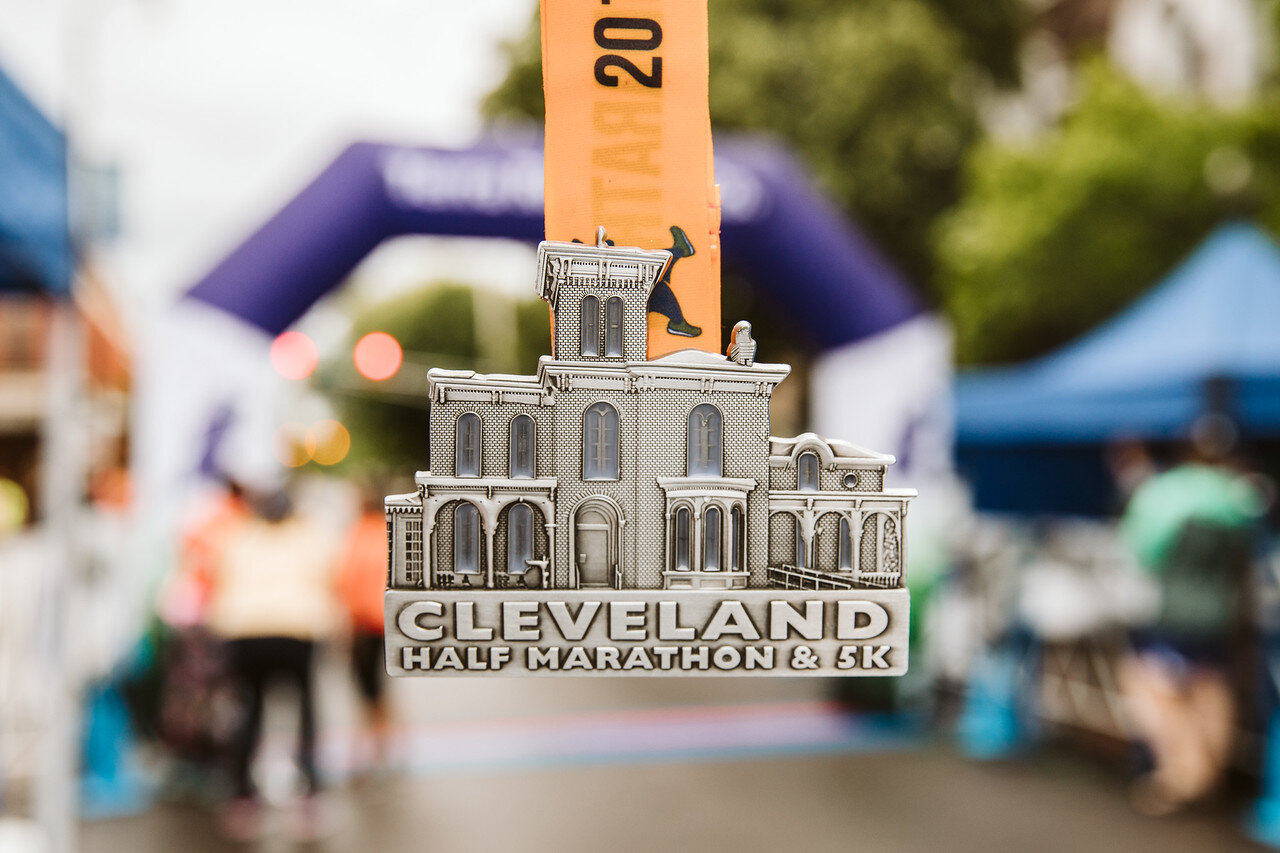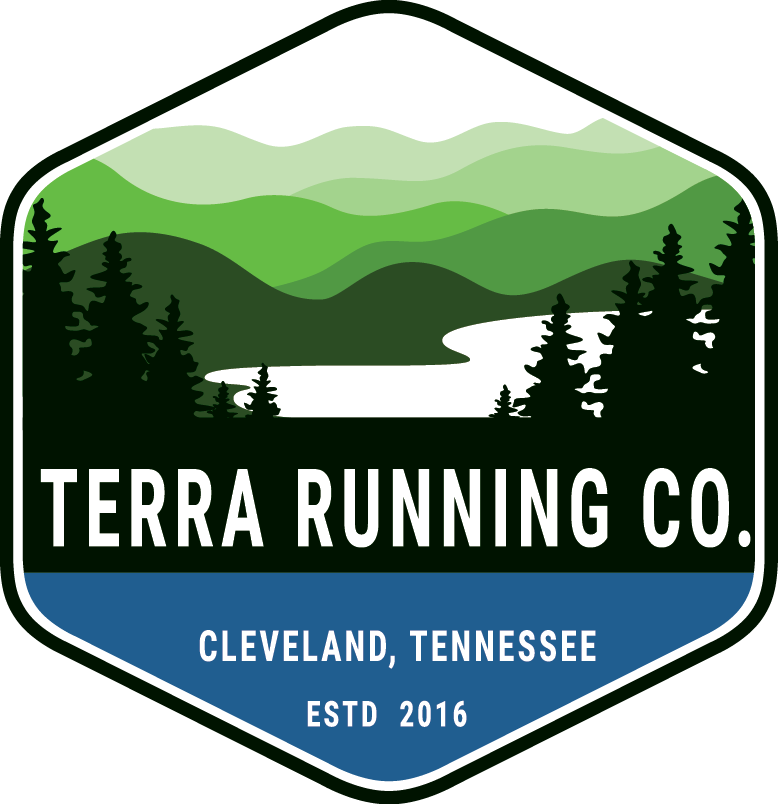
The Importance of Sleep
We already know most adults don't get enough sleep. Add running into the mix, and your body will remind you often that you need even more sleep than normal! Our society often views sleep as a luxury, not a necessity. To get the most out of your training and let your body recover, at least 8 hours of sleep a night is a necessity.
If you know me, you know I am a pro at sleeping. I can generally fall asleep easily and can take a nap most days if time allows. For most adults, Sleep is the easiest part of your day to cut out. Whether it's busy nights or early mornings, many adults can justify getting less sleep in the name of productivity.
When you add running into your weekly routine, know that your body is working extra hard for you and requires more rest. Take these pro runners and their sleep habits as an example to follow: Both Deena Kastor and Shalane Flanagan log as much as 10 hours of sleep a night when training. While training to break 2 hours in the marathon, Eliud Kipchoge slept 8 hours each night, and also took a 2-hour nap during the day.
Here are some tips to be sure you're getting enough sleep each night:
1. Set a bedtime alarm just like you would in the morning. No matter what you're in the middle of, try to respect your bedtime as much as you hold fast to your morning alarm.
2. Avoid screen time before bed. We all know that screen time makes falling asleep harder. If you need to, set another alarm 30 minutes to an hour before bed, and be sure to avoid screens for that last bit of your evening. Instead, read a book, play a game, and start to relax.
3. Sleep more on the weekends or find bits of time to nap. Use weekends as a time to catch up on sleep. Additionally, if you have as little as a 20-minute window, a power nap can do wonders for your rest!
4. Increase sleep slowly. If you can go to bed 20 minutes earlier, that's a win! Don't get bogged down in needing to add hours and hours more sleep right away. Changing your lifestyle is hard and enjoy the little wins with more rest where you can find it in your day.
https://www.runnersworld.com/uk/news/a28299379/kipchoge-sleeps-for-this-many-hours-every-day/
https://www.runnersworld.com/health-injuries/a20851850/how-to-get-better-sleep-as-a-runner/
Mixing Up Rest Days
Rest days.
Some love ‘em, some hate ‘em. Whichever camp you fall into, rest days are vital to maintain optimal health and performance.
Especially if you are coming off of training for a race, it is important to make sure that you reset and allow your body adequate time to recover — and don’t forget there is a difference between an active recovery day and rest day! Active recovery workouts should keep 30 to 60 percent of your max heart rate (according to the Journal of Strength and Conditioning Research) while a rest day should allow your body time to completely rest. In other words, going on a hike would be considered active recovery not a rest day.
If you are someone who would prefer that every day was a rest day, this is probably great news; lounging around on the couch does count as a rest day, Netflix junkies rejoice! If you are someone who doesn’t feel complete without your daily workout, a rest day can leave you feeling sluggish and out of your routine.
If you fall into the latter camp, there is still good news! Your rest day doesn’t need to be sitting around on your couch all day but can include some more intentional practices to keep yourself both in tiptop condition and on track with your daily routine.
Foam Rolling
Foam rolling massages out tight muscles and can help prevent injury. Benefits of foam rolling include increased blood flow to muscles, faster recovery times, and less delayed-onset-muscle soreness (DOMS) after strenuous exercise. It is also the perfect rest and recovery day activity, giving both your mind and your muscles a boost. You can find various foam rolling routines online, ranging from shorter, muscle specific tutorials, to longer sessions aimed at working the whole body. If you need somewhere to start, check out this nice 5 minute video from TriggerPoint designed to aid in recovery after logging a lot of miles.
Yoga
Though yoga can easily and quickly fall into the active recovery category, other forms of yoga, such as yin yoga, are slower and more meditative. The slow and prolonged stretching in yin yoga provides increased blood flow, not only for your muscles, but also for fascia and other connective tissue. What’s more, the extended time in poses allows the mind to slow down and relax.
Meditation, Mindfulness and Play
Though traditional mediation is not everyone’s cup of tea, intentionally practicing mindfulness on rest days can be another way to engage a sense of habit and focus on well-being. And mindfulness doesn’t have to just be sitting and thinking about your breathing! It can be creating a thankfulness practice (an example could be naming 100 things that you are thankful in that present moment), journaling, praying, or even some sort of play such as completing a crossword puzzle, reading, or playing a game with your family or friends. Whatever you choose, focus on putting the phone down and staying in the present with those around you.
No matter what your preferences are, rest and recovery days are important for even the most elite athletes (and this is to say nothing about the incredible importance of sleep)! Though a nice “crash-on-the-couch-day” is a wonderful treat now and again, more intentional rest and recovery exercises can also be a welcome boost to any routine.


